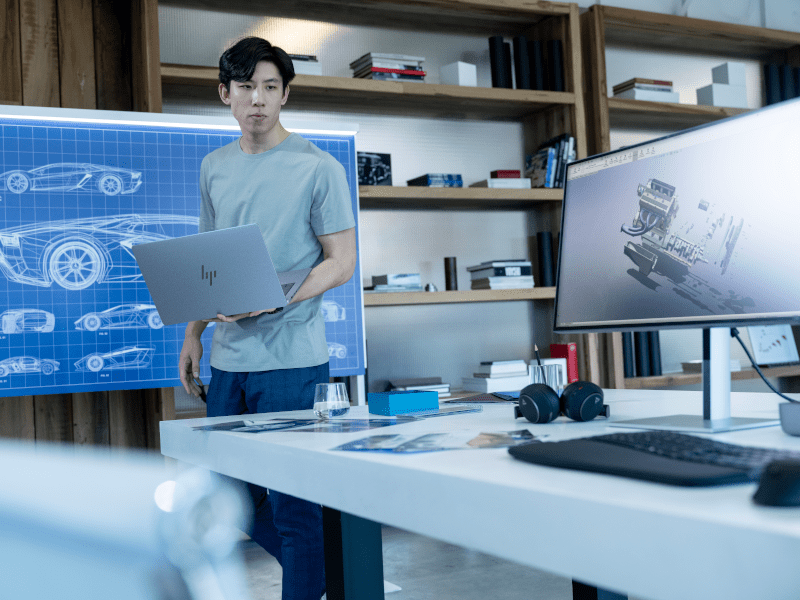Reducing outside of school hours
It’s now not an unfamiliar sight to see a teacher lugging boxes of books and folders between classrooms and then home again in the evening. Research from the Department for Education’s ‘Teachers Workload Survey’ has revealed that on average teachers are spending over 18 hours working outside of school hours each week.
The reality of bigger class sizes means that the workload for teachers is on the increase. As the pile of 25 text books grows to over 30 – not to mention the added time needed to plan lessons to keep larger classes engaged; the teaching targets begin to appear increasingly less achievable.
Amongst many professions balancing work and home life can be a particular struggle, but no more so than for teachers. In order to help reduce the time, outside of school hours, that teaching staff are spending on marking each week, we’ve compiled some top tips for turning the marking mountain into a molehill.
- Review the time within your working day
Ever get to the end of a school day and wonder where on earth the time has gone? Perhaps it’s time to start tracking and scrutinising your work days.One of the best ways to do this is to create a work-time diary. This will act as a summary of the tasks or jobs that filled your day – whether that’s an extra 10 minutes spent at the photocopier due to faulty devices, your computer just rebooting for updates or having to keep students back after class – it all adds up.Create a spreadsheet or table and include all of the tasks that you covered within school hours, as well as any work related jobs you pick up out of hours. By doing this you’re able to keep track of any tasks that are taking up too much time throughout your day, and find the areas that are taking up too much of your valuable time and troubleshoot how your time could be better spent. - Encourage peer-to-peer assessment
Peer assessment is becoming more and more popular with the education sector. Not only does this method alleviate the amount of marking you’ll be taking home, it also helps students build their confidence, analytical skills and encourages engagement throughout lessons.In order to approach peer assessment in the right way, you’ll need to share your own techniques with the class as well as give them an assessment criteria to judge the work against. Ask them to try and give constructive criticism to their peers and/or assign designated ‘study-buddies’. The feedback can then either be shared back within small groups or with the wider class as a whole. - Listen to music
When sitting down at home and preparing yourself for an evening of marking, it’s important that you remove any distractions. The less time spent on distractions, the quicker you will get through the pile of papers sitting in front of you.
In fact research shows that listening to music when working is proven to increase the standard of your work and make you work faster!While the nature and style of the music can cause specific responses in the brain, some studies suggest that it really is down to personal preference. Want some inspiration? Check out this article from The Telegraph. - Optimise your surroundings
Although marking from home may be inevitable, it doesn’t have to be an drawn out chore. Research into the productivity of working from home has revealed that by setting aside a separate work space in your home, you will help gain a better work-life-balance.With this said, why not have a designated and removed area in your home for marking. This could be a specific chair or even an entire room. This space should be set away from any distractions and be treated as if you would your own desk at school. Having a nominated ‘work area’ helps to separate the ever-competing worlds work and home and prevent the blurring of the two; allowing you to complete your marking quicker, in order to get back to enjoying your free time. - Use the right equipment
When marking digitally, there’s nothing worse than slow technology slowing down the process. Faulty equipment can not only end up with your spending unnecessary extra hours at home attempting to mark, but also will increase frustration leading to you becoming more hostile towards the task.Research by BESA, together with the Organisation for Economic Co-operation and Development (OECD) has revealed that 80% of teachers now say they need better access to IT to improve learning.Statistics like this therefore suggest that technology is an important and contributory factor in the job satisfaction and morale of teachers. If schools and other education establishments are smart, investment in IT doesn’t need to cost the big bucks and can actually start to deliver a return on investment.












 Monitoring by Hotjar
Monitoring by Hotjar